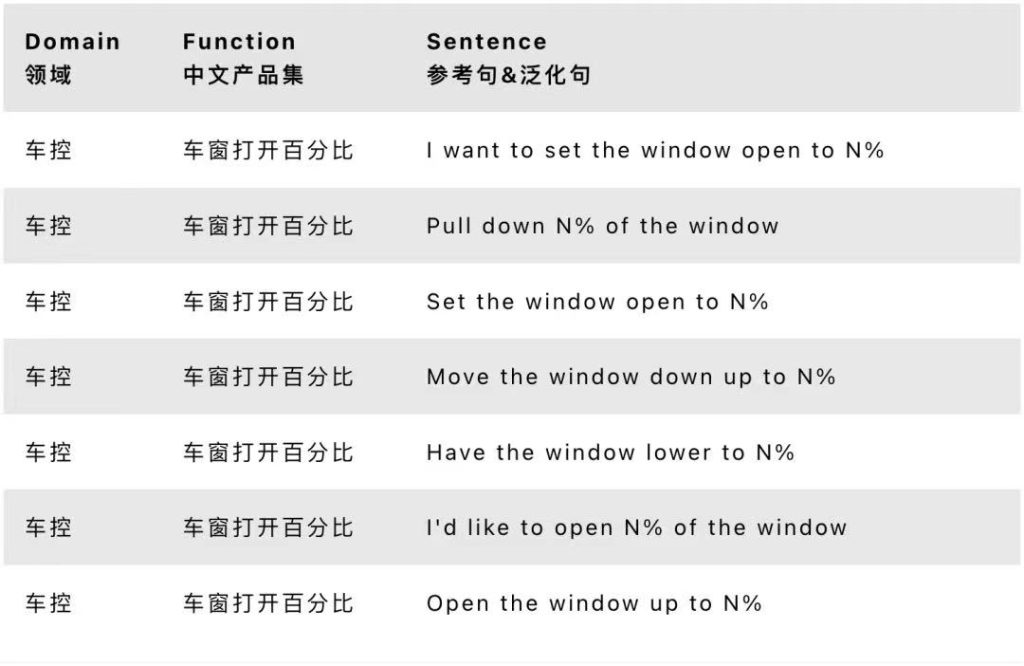In recent years, with the development of artificial intelligence, chip technology, and new innovations in the automotive industry have been driven by the increase in smart car popularity. A smart car consists of three parts: The Internet of Vehicles, the smart cockpit, and the autonomous driving. The smart cockpit is equipped with intelligent and networked in-vehicle software, which can intelligently interact with people, roads, and vehicles. It is an important link and key node for the evolution of the human-vehicle relationship from a tool to a partner.
The smart cockpit frees people from boring driving operations, and can complete the operation of the car functions through voice dialogue, thereby reducing the safety problems caused by hands off the steering wheel, making the smart cockpit a place for people to drive, rest, play and work. Voice interaction is one of the core functions in the smart cockpit. According to the calculation of EqualOcean, a business analysis and consulting company, the market size of China's voice interactive vehicle application in 2021 is 2.22 billion yuan, and it is expected to reach 2.51 billion yuan in 2022, with a compound growth rate of 20.8% from 2019 to 2022. Among the newly released passenger cars in China in 2021, the penetration rate of the voice interaction function in the cockpit has already ranked fourth, as high as 86%. Obviously, the voice interaction function has become a standard function in the cockpit of Chinese passenger cars.
Identification Challenges for Smart Cockpits
However, due to the special application scenarios of smart cockpits, speech recognition is often inaccurate. Specifically, in the complex acoustic environment of in-vehicle scenes, voice assistants face many challenges such as noise interference, severe reverberation, multi-person speech aliasing, various wind sounds outside the car, rain sounds, and noise interference from other vehicles. This is full of challenges for functions such as accurate voice recognition, voice quality enhancement, and high-quality voice interaction.
In such a complex and changeable interaction process, it is often encountered that the car voice assistant cannot understand the expression of the operator, and cannot give corresponding feedback actions. Once this phenomenon occurs, it will not only reduce the user's favorability, but even bring danger. In addition, due to insufficient data accumulation for in-vehicle AI voice training, semantic understanding and verification in driving scenarios are still not accurate enough. Although the interaction data of smart speakers, robots and other scenes can provide certain data support for the in-vehicle scene, it cannot completely replace the data of the in-vehicle scene interaction.
How to Build a Great Smart Cockpit
An excellent human-computer interaction intelligent cockpit should be able to fully understand the commonly used expressions, and at the same time can make personalized feedback responses, which can not only ensure safety, but also improve service stickiness.
As a product designer of intelligent cockpit interaction, product managers have been facing many problems. In order to help product managers optimize the interactive experience of smart cockpit better and faster, Magic Data, as the world's leading AI data solution company, took the lead in exploring a set of generalized data sets covering a wide range of smart cockpit function points. Through this data set, product managers can quickly make the smart cockpit understand various expressions and complete corresponding interactive instructions.
English Automobile Cabin Commands Corpus
Language: English
Data content: command control
File Format: TXT
Field of application: Natural Language Processing (NLP)
样本:

Contributed by native European and American English speakers with driving experience, the dataset currently has hundreds of in-cabin function points in a total of more than 50,000 sentences, including the intention of closing and opening common components inside and outside the vehicle, such as opening/closing the door, altering the side view mirror, steering wheel control, initiating Bluetooth, etc.
At the same time, the generalized expressions aim to show diversity in syntax — verbs, entity words, and adverbs are flexibly combined. At the same time, expressions of the cabin function points in diverse forms are included as well, i.e., panoramic camera=omnidirectional camera=full view camera. These generalized command texts have strong applicability and are compatible with the component functions of traditional car companies and new power car companies. To enable efficient text processing, a slot is reserved, including position, fraction, percentage, degree, mode, number, etc. So developers can generate more expressions according to their specific needs, such as position=[front, rear, driver, pilot, rear left, rear right, left, all].
We have release 500 sentences of the corpus in MagicHub.com, our open-source community, for your free trial.
Download Free: 500 Sentences English Automobile Cabin Commands Corpus

